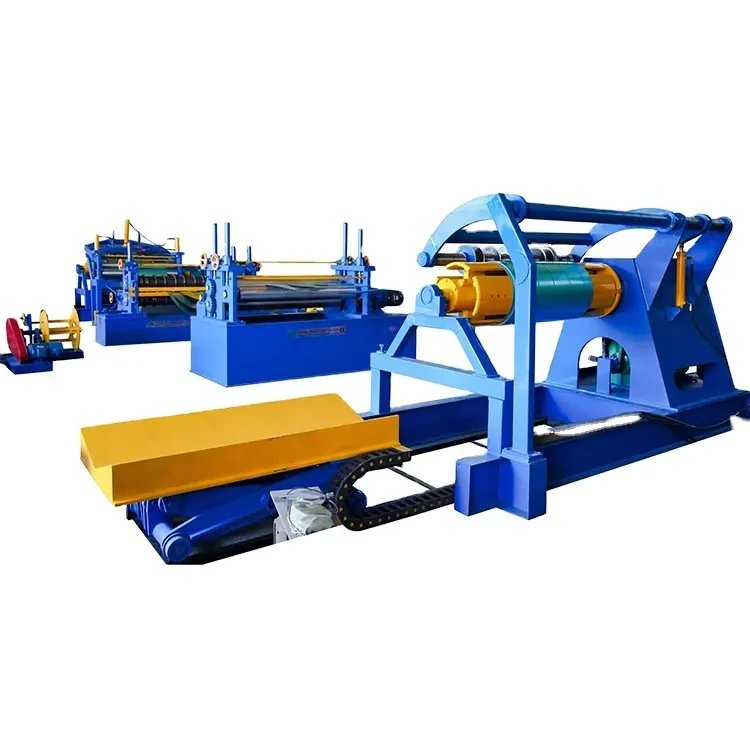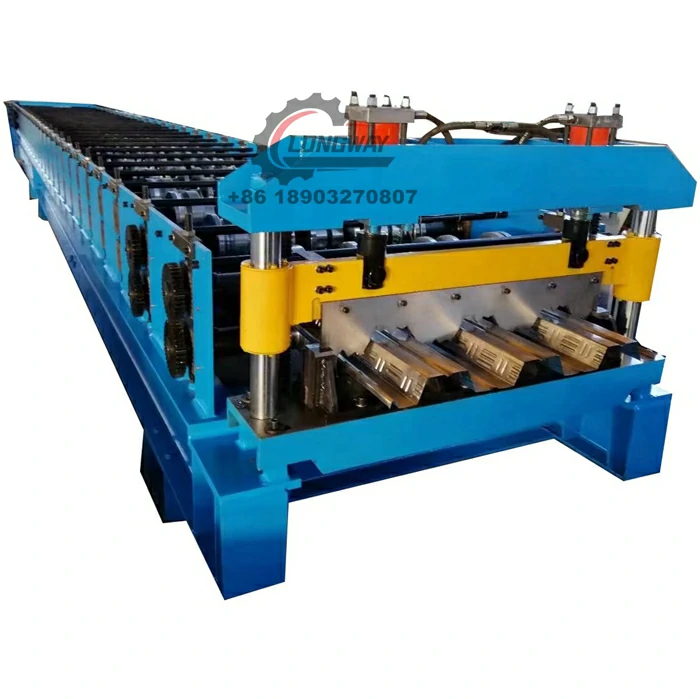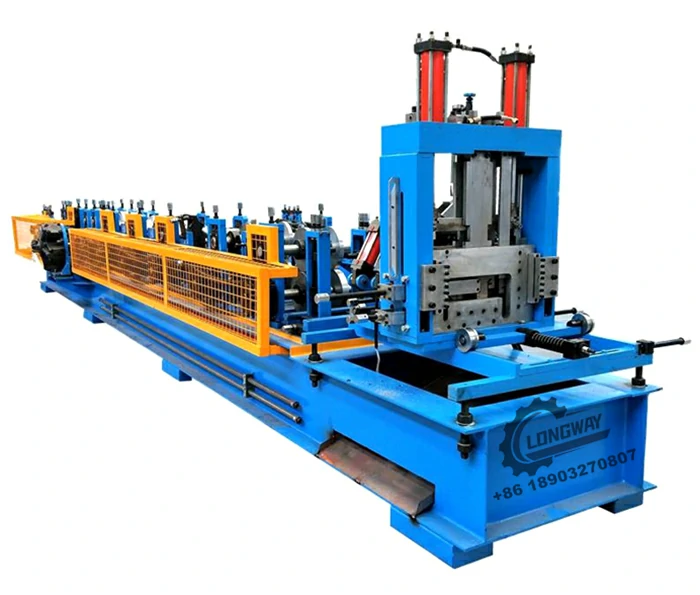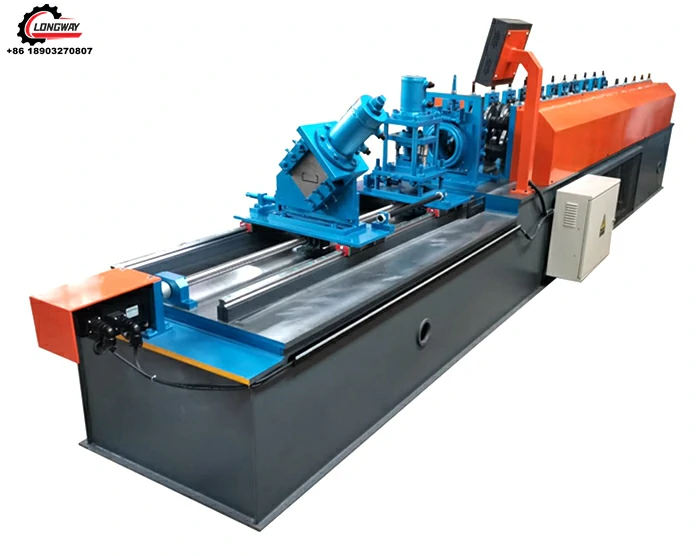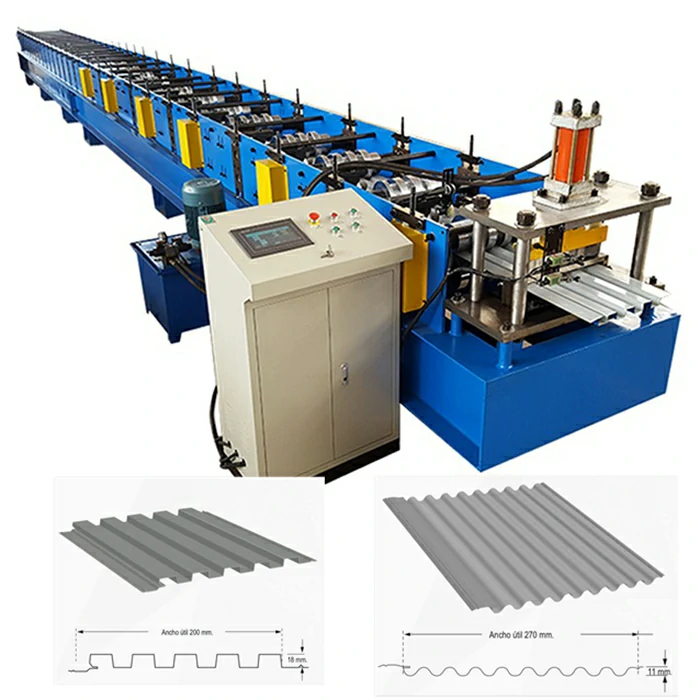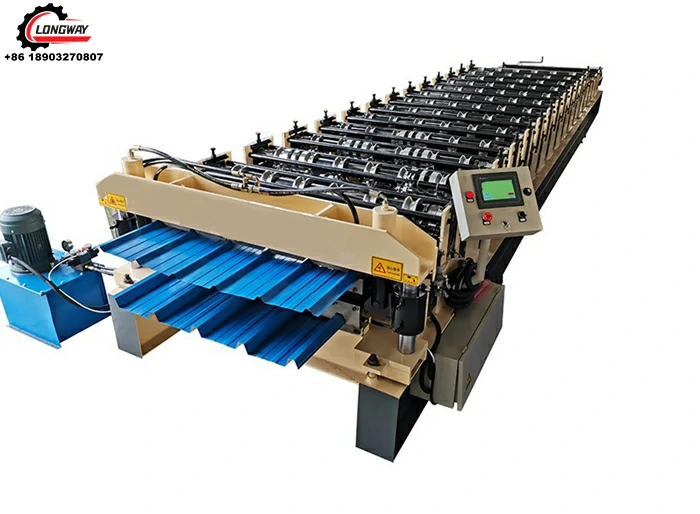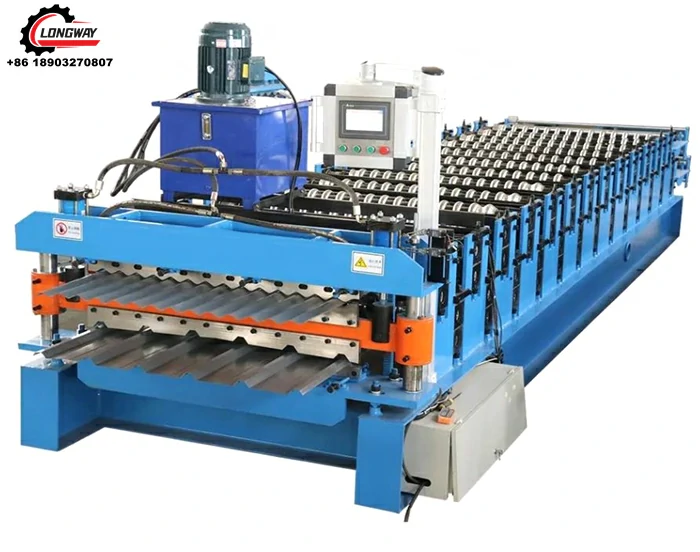High-Quality Square Pipe Roll Forming Machines | Efficient & Customizable Solutions
Why the Square Pipe Roll Forming Machine Matters in Today’s Industry
When you hear square pipe roll forming machine, most would just see a chunky industrial tool. But think about it — these machines are quietly reshaping how we build infrastructure, transport systems, and even emergency housing around the world. As the demand for precision steel profiles surges globally, understanding these machines isn’t just technical jargon; it’s about grasping the backbone of modern manufacturing. From speeding production lines to improving material efficiency, their impact is felt far beyond factory floors.
Global Context: Why the Square Pipe Roll Forming Machine Commands Attention
Steel production and processing continue to grow exponentially, with the World Steel Association reporting that global steel output topped 1.9 billion tonnes in 2023. A significant share of this steel is shaped into profiles like square pipes, vital across construction, automotive, and industrial applications.
However, traditional pipe manufacturing methods sometimes fall short in speed, precision, and material waste reduction. Enter the square pipe roll forming machine — offering a high-speed, continuous process that trims costs and energy consumption. This is especially important in emerging economies and disaster-prone regions, where infrastructure resilience must meet fast turnaround demands.
Oddly enough, in humanitarian contexts like post-earthquake rebuilding, these machines help produce robust steel frames swiftly — marrying industry precision with urgent social needs.
What Is a Square Pipe Roll Forming Machine?
At its core, a square pipe roll forming machine is a mechanical system designed to continuously shape flat steel coils into hollow square or rectangular pipes through a series of rollers.
Imagine feeding a flat metal ribbon through successive stations, each gently bending and shaping it until the final squared tube emerges seam-welded and ready for use. This continuous process contrasts with older batch methods, allowing for higher throughput and tighter tolerances.
Beyond just shaping steel, these machines integrate welding units, cutting systems, and control software for automated production. Their role resonates everywhere steel tubing is essential — from skyscrapers in Shanghai to renewable energy farms in Europe.
Key Features That Define a Great Square Pipe Roll Forming Machine
1. Durability and Build Quality
The nature of roll forming makes durability paramount. Machines built with hardened steel rollers and robust frames endure the wear and tear of continuous operation. Many engineers swear by machines with modular roller stations, easing maintenance without halting the line.
2. Scalability and Speed
Some users remark that speed often means compromise — but in these systems, automation and optimized roller geometry can push production speeds above 15 meters per minute without sacrificing precision. Plus, modular setups allow for scaling output as demands grow.
3. Cost Efficiency
By reducing scrap and optimizing material use, the roll forming process slices cost per unit. Energy-efficient motors and smart controls further trim overheads, a big deal in long production runs where even slight savings add up.
4. Customization and Profile Variety
Not all square pipes are created equal. Variations in wall thickness, dimensions, and coatings mean machines must be flexible. Many models now support quick tool changeovers, enabling manufacturers to switch between product specs with minimal downtime.
5. Automation and Control Integration
Today’s roll forming lines often come with PLC controls, remote diagnostics, and real-time monitoring — making troubleshooting faster and boosting uptime. This tech-savvy setup helps reduce human error and maintain consistent product quality.
Takeaway:
- Choosing a machine with balanced durability, speed, and smart controls is key to long-term success.
How Square Pipe Roll Forming Machines Are Used Around the Globe
These machines have become workhorses in various industries and geographies, quite literally holding up buildings, vehicles, and even renewable energy structures.
- Construction Industry: In fast-growing urban hubs like India and Brazil, manufacturer demand for high-quality steel square pipes underpins everything from scaffolding to curtain walls.
- Automotive Sector: Lightweight steel square tubes produced efficiently help carmakers meet fuel economy standards while ensuring crash safety.
- Humanitarian Relief: NGOs across Asia and Africa use square pipe frames in modular shelters and medical units post-disaster — underscoring the synergy of speed, strength, and cost.
- Oil & Gas: Pipelines and structural supports in remote zones rely heavily on precise square tubing, made possible by reliable forming machines.
Mini Summary
The versatility of these machines means they quietly underpin critical supply chains and emergency responses — often without fanfare.
The Long-Term Benefits of Investing in Square Pipe Roll Forming Technology
The advantages reach beyond obvious cost savings. Reliable machines foster trust with clients, support sustainable production by minimizing waste, and innovate with smarter automation — all contributing to a safer, more efficient supply chain.
Emotionally, knowing that your production line can rapidly respond to an urgent build project or scale for a special contract adds a layer of confidence few manufacturers would trade away. And socially, the technology supports building communities that last.
Product Specification Table
| Specification | Typical Value | Notes |
|---|---|---|
| Forming Stations | 16 - 24 | Varies by profile complexity |
| Max Forming Speed | 15 m/min | Depends on material thickness |
| Material Thickness Range | 0.5 mm - 3.0 mm | Steel grades vary |
| Pipe Dimensions | 20 x 20 mm to 150 x 150 mm | Custom profiles possible |
| Power Consumption | 12 - 15 kW | Varies by machine size |
| Control System | PLC with HMI | User-friendly interface |
Comparing Major Vendors of Square Pipe Roll Forming Machines
| Vendor | Max Speed (m/min) | Customization | Technical Support | Approx. Price (USD) |
|---|---|---|---|---|
| LW Roll Forming Machine | 15 | High (quick tooling) | 24/7 Global | $70,000+ |
| Global Steel Equip | 12 | Medium | Business Hours | $65,000+ |
| Precision Roll Tech | 18 | High | Global Extended | $80,000+ |
Looking Ahead: Trends Shaping the Future of Square Pipe Roll Forming Machines
Automation continues to revolutionize roll forming. Machines with AI-driven predictive maintenance cut downtime, and IoT connectivity offers operators immediate alerts. Some companies now integrate green production technologies — like electric roll drives — cutting carbon footprints and powering sustainability goals.
Material-wise, innovations like high-strength low-alloy (HSLA) steels and galvanized coatings are pushing pipes’ durability without making machines struggle. The ISO increasingly emphasizes eco-friendly processes, nudging manufacturers toward cleaner roll forming.
Challenges Facing the Industry and Solutions at Hand
One challenge is balancing speed and precision; pushing faster can generate heat, risking weld quality. Many vendors now incorporate advanced cooling systems and real-time weld monitoring to fix this.
Another sticking point is customization turnaround time. Quick tooling change innovations and modular machine designs help operators switch profiles efficiently, minimizing costly downtimes.
Finally, integration with digital factory management software remains patchy—yet this is improving as open API systems and plug-and-play modules become standard.
FAQ: Common Questions About Square Pipe Roll Forming Machines
- How does the square pipe roll forming process differ from traditional pipe manufacturing?
- Unlike batch pressing or extrusion, roll forming is a continuous process shaping steel coils through rollers. This yields higher speeds, less material waste, and consistent product quality — ideal for large-scale production.
- What are typical maintenance needs to keep a roll forming machine running efficiently?
- Regular lubrication of rollers, timely replacement of worn tooling, and routine software diagnostics are key. Many operators schedule monthly checks, though exact needs vary with usage intensity.
- Can these machines handle coated or galvanized steel materials?
- Absolutely. Most modern roll forming machines are designed to process coated steels without damaging the finishes — which is crucial for corrosion resistance in pipes destined for outdoor use.
- Is it possible to integrate these machines into a fully automated production line?
- Yes, many suppliers offer PLC-controlled systems with options to link with upstream decoilers and downstream cutting or packing stations — creating a seamless automated workflow.
- How can smaller manufacturers justify investing in this equipment?
- While initial costs can be significant, improved efficiency, reduced labor, and higher-quality outputs tend to offset expenditure in under two years — plus they open doors to new contract opportunities.
Wrapping Up: Why the Square Pipe Roll Forming Machine Is a Worthy Investment
From environmental perks to production boosts and humanitarian impacts, these machines form more than steel — they shape futures and opportunities. If you’re serious about scaling pipeline, construction, or industrial tubing output with consistent quality, a square pipe roll forming machine is more than just equipment — it’s a strategic ally.
Curious to explore models tailored to your needs? Visit LW Roll Forming Machine for more details and expert consultation.
Final Thoughts
Even if the tech seems a bit behind-the-scenes, the ripple effects on economies and societies are real. So next time you spot a steel square pipe in a building or shelter, you might just smile, knowing the incredible machinery and innovation that made it possible.
References
-
Corrugated iron roofing sheet making machine with CE, AutoNewsNov.17, 2025
-
3mm Steel C U Channel Roll Forming Machine, Heavy DutyNewsNov.17, 2025
-
Calamima Micro Ondulada corrugated roof sheet machine - CNCNewsNov.17, 2025
-
Metal Roofing Roll Former for Sale Companies - Fast, PreciseNewsNov.17, 2025
-
Drywall Steel L Angle Bar forming machine | Fast, PreciseNewsNov.17, 2025
-
Corrugated Iron Roofing Sheet Making Machine, Fast & DurableNewsNov.11, 2025
-
Corrugated Metal Roofing Machine | High-Speed, Precise, CENewsNov.11, 2025
